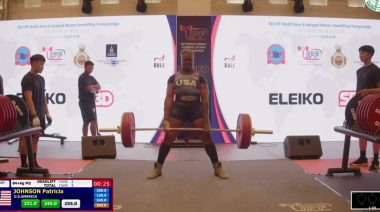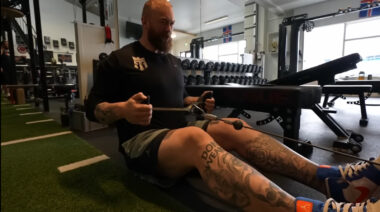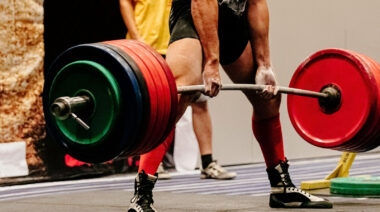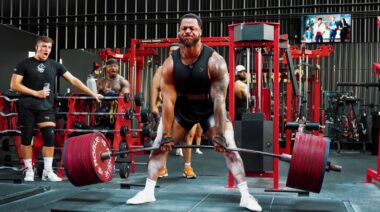Because weight lifting is such a strenuous sport, powerlifters and bodybuilders often use special wraps and uniforms for support. Pushing heavy weight puts a tremendous amount of pressure on your body’s joints, and one way to avoid injury in the gym is through the use of powerlifting gear. So today I’m going to get into the different types of powerlifting gear and talk about how to use them to your advantage.
Types of Powerlifting Gear
There are several types of gear specifically designed to help lifters take it to the next level. I’ve broken them down into two categories. First we will look at the various types of suits and shirts, then we will examine wraps and sleeves.
Squat Suits, Bench Shirts, and Deadlift Suits
Powerlifting uniforms help keep lifters safe during squat, bench press, and deadlift exercises by compressing the body and keeping the hips aligned. These suits are built to do one thing and one thing only – create an uncomfortably tight fit. While they are uncomfortable to wear, they are well worth it if your goal is to push more weight and do so safely.
Having said that, an athlete must bear in mind the different rules and regulations of competitive lifting. Avoid regularly lifting in uniforms if you are preparing to compete in a 100% Raw Powerlifting Federation meet, for example.
If the powerlifting federation you’re competing in allows uniforms, then it’s important to note that your competitors will likely be training in uniforms, therefore, you need to be training in uniforms or they will have an advantage. Anyone who has ever put one on knows that they take some getting used to.
Make sure your uniform is the right fit for your body. Do this by measuring around your arms, chest, waist, and thighs to find the appropriate size. As a general rule of thumb, the tighter you can get it, the better. In fact, it should require the assistance of someone to get it on, but not so tight that the suit limits your range of motion.
Squat Suits
Squat suits look like a regular one-piece singlet, but they’re far from ordinary. They have very sturdy seams and sport a double- or triple-ply design that makes them ultra durable. Squat suits are designed to amplify your stretch reflex at the bottom of your squat. The more your stretch reflex is amplified, the more power you will be able to generate. While squat suits will help you lift more, some lifters experience more carryover than others (100-200 lbs vs 20-50 lbs more), depending on their form and whether or not their suit fitted correctly.
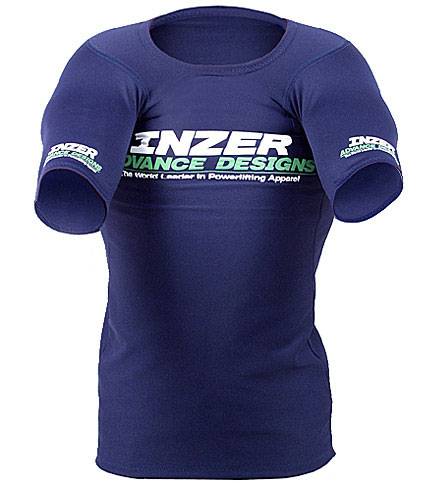 Bench Shirts
Bench Shirts
Bench shirts can be made out of a variety of materials, including polyester, denim, and canvas. They come in varying thickness and offer support thanks to built in elastic properties. When you put on a bench shirt, it makes your arms naturally want to be out in front of you. The shirt compresses the chest and arms, and as a result, it offers more resistance to the eccentric phase of your lift. This added support makes the bench shirt a must when it comes to maximum bench press attempts.
Deadlift Suits
Deadlift suits look and function similarly to squat suits, but they feature different stitching and flare in the legs that is designed uniquely for the deadlift exercise. Because powerlifting uniforms can be expensive, some lifters use a squat suit for both the squat and the deadlift exercises. Both the squat suit and deadlift suits offer resistance to the eccentric phases of your lift and help you push through the sticky points of heavy lifts.
Knee Wraps, Knee Sleeves & Wrist Wraps
When properly used, powerlifting wraps and sleeves can dramatically improve knee safety when lifting heavy weight. Additionally, they can help you lift 5 to 10 percent more weight.
Knee Wraps
Knee wraps are long, heavy wraps that stretch out to about twenty feet. They are designed to be strategically wrapped around knees to absorb stress. Every lifter has a special way of knee wrapping, but the basic guidelines can be found here:
Knee Sleeves
Knee sleeves feature strong, bonded fabric and are made of neoprene to fit snugly and stay in place during use. Avoid making a habit of always wearing knee protection. Otherwise, the tissues in your knees may not develop as strong as they ought to be.
Wrist Wraps
Wrist wraps are one of the most cost-effective pieces of powerlifting gear out there. They can be used for bench press, heavy dumbbells, and any other heavy lifting exercise that requires extra wrist support. However, wrist wraps should not replace forearm workouts. The purpose of wrist wraps is to compress your wrists and provide support, not necessarily make them stronger.
Summary
If you want to move more weight, get stronger faster and protect your body, then invest in powerlifting gear. Uniforms and wraps like the ones mentioned above will help you reach new heights in the gym and attain personal goals.
Powerlifting photos courtesy of Becca Borawski.

